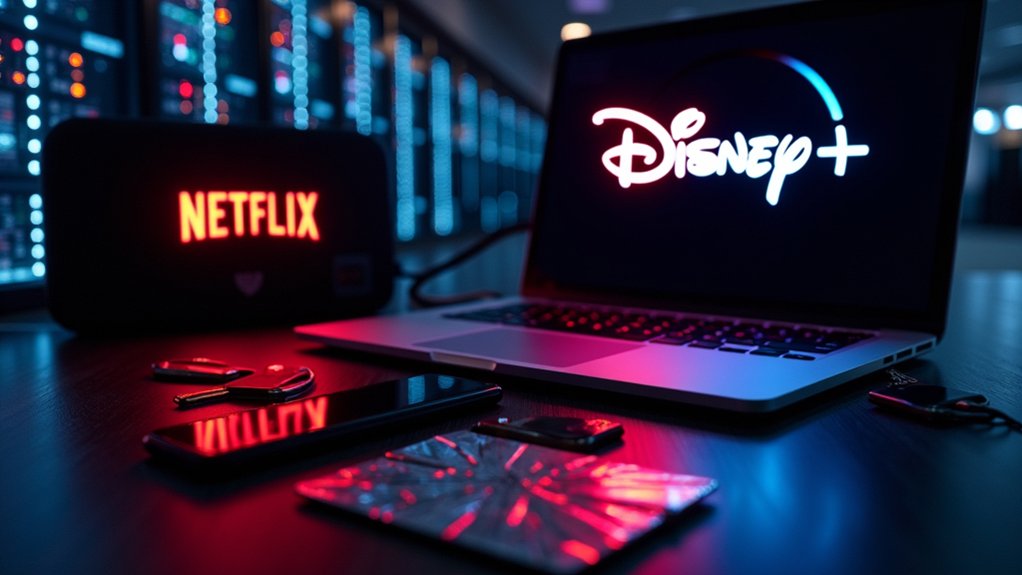A notable security breach has compromised Microsoft’s PlayReady digital rights management system, exposing high-level SL3000 certificates that protect 4K and UltraHD content across major streaming platforms including Netflix, Disney+, Amazon Prime Video, and Apple TV+. The leaked certificates, which include both software-level SL2000 and hardware-level SL3000 variants, were posted publicly on GitHub by an account named “Widevineleak,” creating unprecedented vulnerabilities in premium content protection systems.
The SL3000 certificates represent the highest tier of PlayReady’s security architecture, utilizing hardware-based cryptographic protection expressly designed to safeguard ultra-high-definition streaming content. These certificates rely on elliptic curve cryptography and AES-based content encryption, paired with secure key storage and attestation mechanisms that make traditional mitigation strategies inadequate for addressing compromised credentials.
Microsoft’s response demonstrated clear threat prioritization, issuing a DMCA takedown notice expressly targeting the SL3000 certificates while leaving SL2000 certificates unaddressed. GitHub complied immediately, removing the primary repository and associated forks, though the selective enforcement raises questions about the company’s thorough mitigation approach.
Microsoft’s selective enforcement targeting only SL3000 certificates while ignoring SL2000 variants suggests incomplete threat assessment and questionable mitigation priorities.
Amazon reportedly suspended accounts linked to the leaked certificate usage, reflecting broader industry concerns about the breach’s implications. Some user accounts have been permanently suspended for engaging in decryption activities using the compromised certificates. Prime Video’s Terms of Use violations specifically cite Section 6.a for indefinite suspension powers and Section 4.k prohibiting DRM system modification attempts.
The compromise threatens the fundamental business models of major streaming services by enabling pirates to potentially decrypt, reroute, and redistribute high-value content that previously remained secure behind hardware-backed protection. The exposed credentials could facilitate fake license responses and client spoofing, effectively bypassing legitimate access controls and enabling unauthorized distribution of premium 4K and UltraHD content.
The leak’s origin remains unknown, limiting industry ability to prevent similar future breaches and trace accountability. The public dissemination through GitHub considerably increased visibility among piracy communities, escalating risks of mass exploitation.
As server-side revocation and attestation mechanisms may limit some exploit capabilities for lower-resolution SL2000 content, the hardware-dependent nature of SL3000 protection creates more complex remediation challenges.
No industry-wide remediation strategy has been announced for existing compromised certificates, with current efforts focusing on risk containment rather than thorough security restoration. This approach may pressure streaming platforms to invest in alternative or upgraded DRM frameworks as trust in current protection schemes continues eroding.








